The Furniture: Get Out's Beige House of Colonial Horrors
 Monday, May 29, 2017 at 4:10PM
Monday, May 29, 2017 at 4:10PM
 "The Furniture" is our weekly series on Production Design. You can click on the images to see them in magnified detail.
"The Furniture" is our weekly series on Production Design. You can click on the images to see them in magnified detail.
Get Out is both horror and comedy, an allegory that doesn’t reduce its own impact by getting too granular about its message. It is a success of both subtlety and its opposites. This balance not only characterizes Jordan Peele’s script, but the whole craft of the film. The design is both vague and specific, pointed parody without a precise key.
It ostensibly takes place somewhere within driving distance of New York City, at the remote family manse to which Rose (Alison Williams) has lured Chris (Daniel Kaluuya). But there’s nothing quite that specific about this nightmare.
For starters, it’s not really clear where this actually is.
The initial drive passes down an empty road through an endless forest, a journey into the enlightening mysteries of the Twilight Zone. The house and grounds look like Westchester possessed by Alabama, which is where the film was actually shot...
The interior of this Colonial Revival house is just as insistent, thanks to the work of production designer Rusty Smith, art director Chris Craine and set decorator Leonard R. Spears. The first confounding detail is a portrait, that of an 18th century gentleman in an impressive wig. A relative, one presumes.His presence is enhanced by the color scheme of the room, which suggests a historic house museum more than a 21st century home.
Rose’s father (Bradley Whitford) gives Chris a tour, including some objects brought back from Bali. It’s a “privilege,” he explains, to travel the world and acquire pieces of various cultures. But while this attitude does hint at the physical acts of appropriation to come, it isn’t insisted upon by the design. Instead, our attention is drawn to the wood of the furniture, the framed relics and the sinister beige of the walls.
Even the kitchen is all wicker and copper, the rooster on the back of the frying pan crowing its devotion to the archetypes of “classic” American homemaking. Georgina (Betty Gabriel), whose psychology seems preserved in a pickle jar, fits in perfectly.
Still, there’s a lack of specificity, an asset for any broadly troubling allegory. It gets further confused by Rose’s brother, Jeremy (Caleb Landry Jones). He’s doing an accent, but an extremely hard one to place. His hair and his attitude almost place him in the antebellum South, a grizzled lunatic left on the cutting room floor of Django Unchained.
This is underlined by the use of candles, an extra flourish in an already bizarre dining room. Nearly every shot of Jeremy in this scene includes these flickering wicks. His presence, that of an aspiring internet eugenicist, further unmoors the space from the 21st century.
Or, rather, it reminds us that the past hasn’t really been banished. This house is a dramatic illustration of aesthetic and social arrest. The basement game room really cements this, a caricature of the homey 1950s “den” that serves as a prison for the family’s victims. Though the lamps do suggest a more cultish, conspiratorial vibe, the dart board and the ping pong table are as suburban as it gets.
The dark wood paneling and the carpeted floor are caricatures of the “finished basement.” The television suggests that this room has been unchanged for decades. The family’s entire mad project is a desperate attempt to freeze their own lives. Why would they redecorate?
The basement corridor is a grand finale. Or it would be, if it were just a little more clearly shot. It’s like the secret passage in the Castevet’s apartment in Rosemary’s Baby, historical portraits of famous witches that illustrate the depth of the conspiracy. Here, though, the horrible array is a mostly mundane assortment of white American artifacts, photos and drawings interrupted by the occasional ram.
At the end of the hall hangs a tapestry, hinting at a medieval pedigree for this fanatical whiteness. Later, this will be eccentrically underscored by the helmet that Chris finds in Jeremy’s car. His particular generation of white nationalist internet trolls has its own particular obsessions, but the underlying motivation is the same. This house, with its broad depiction of “classic” American decor, is a cleverly staged nightmare.



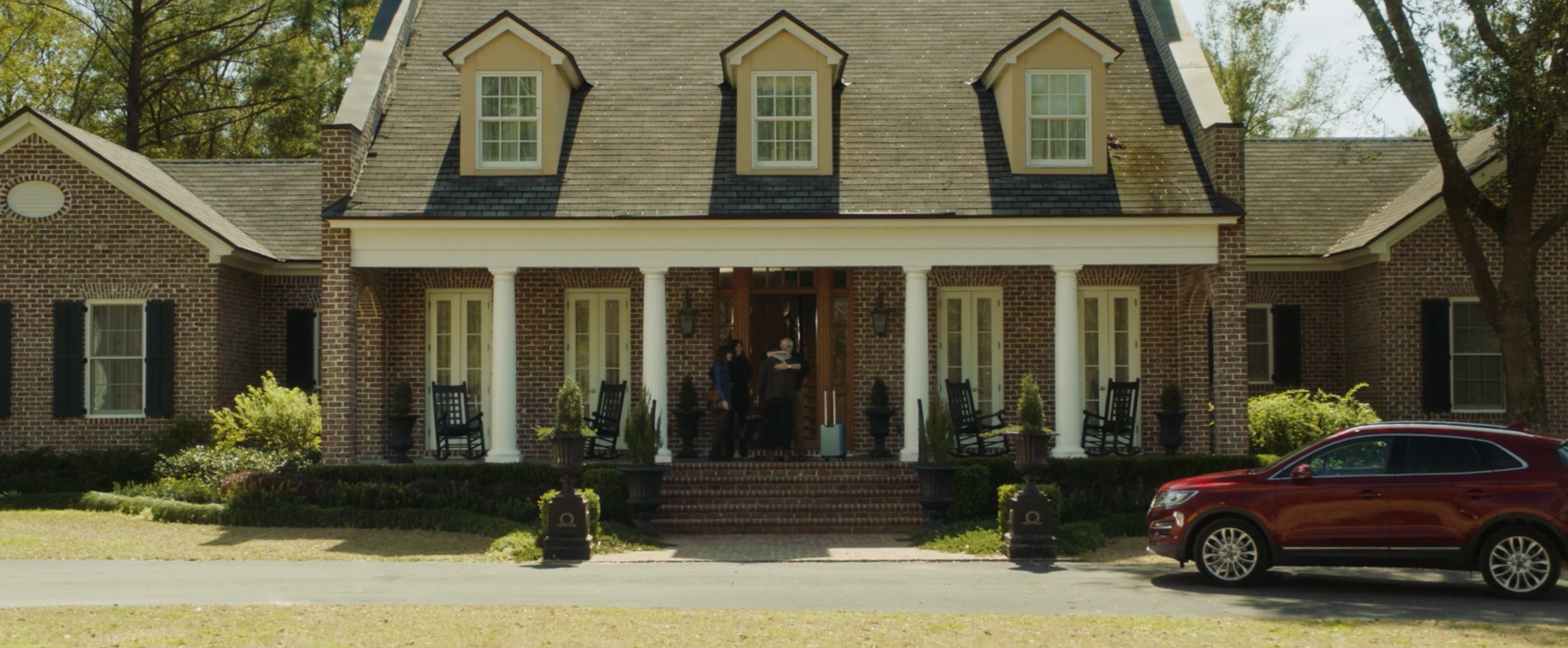
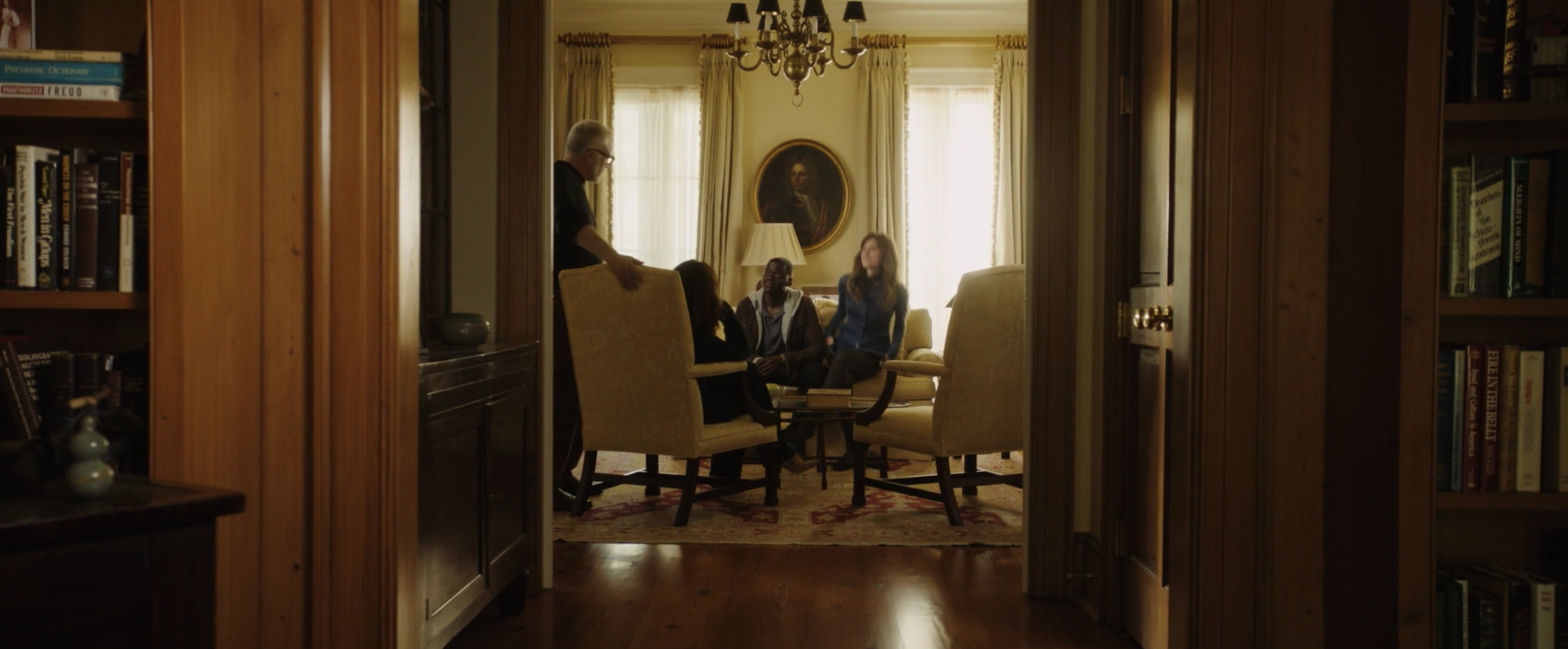
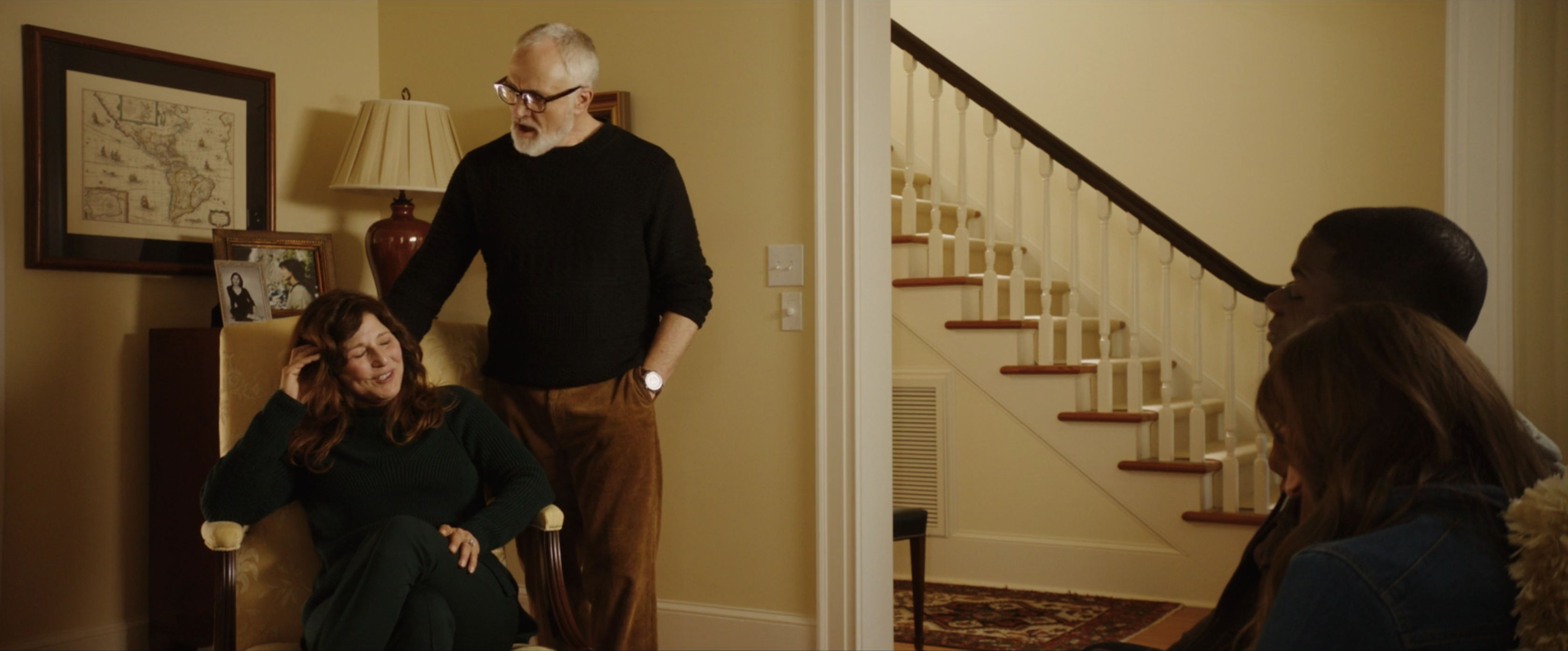
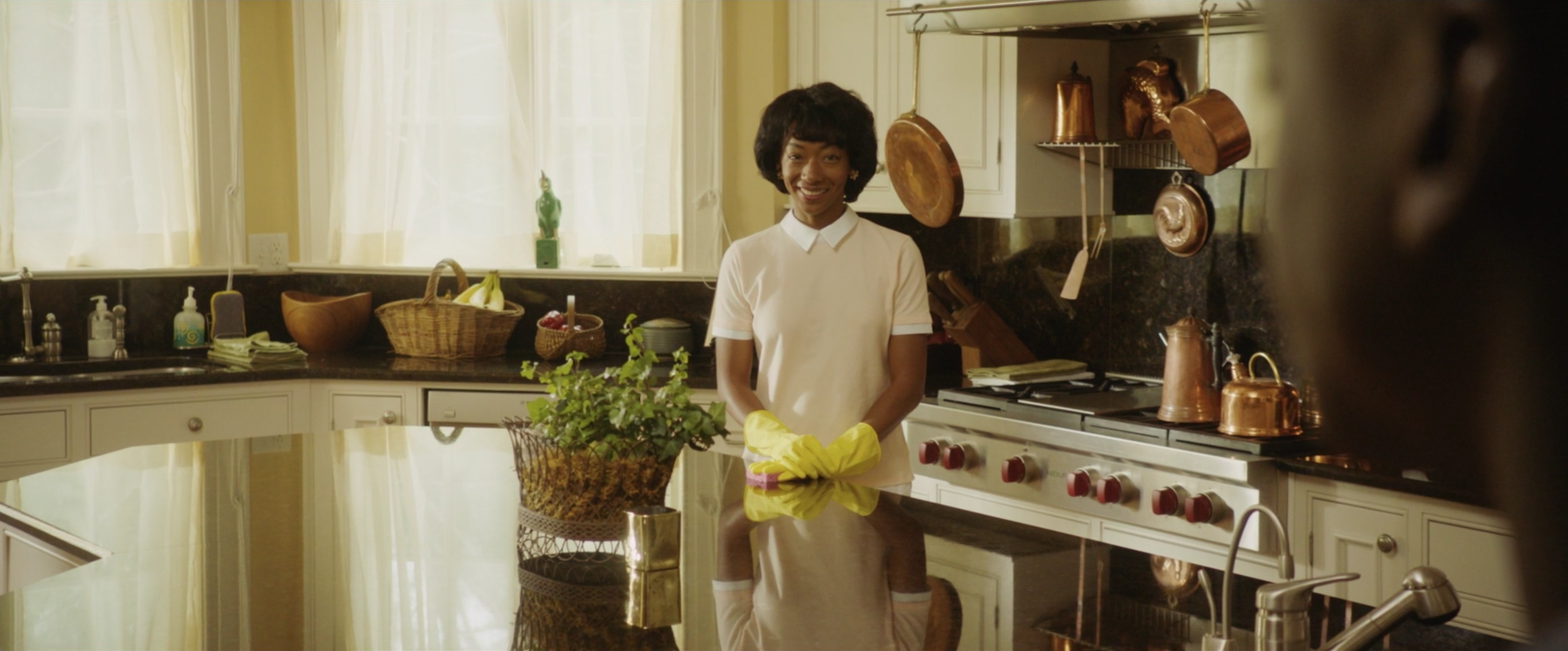
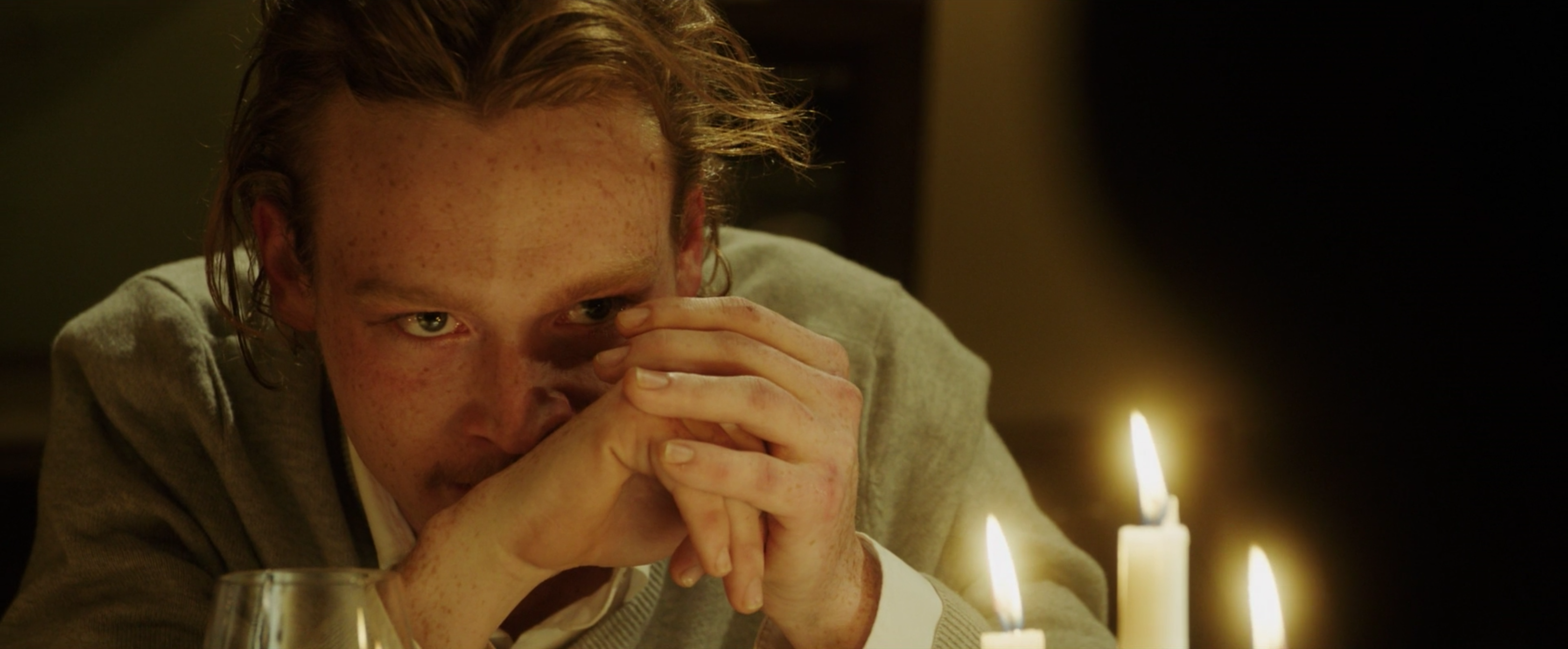
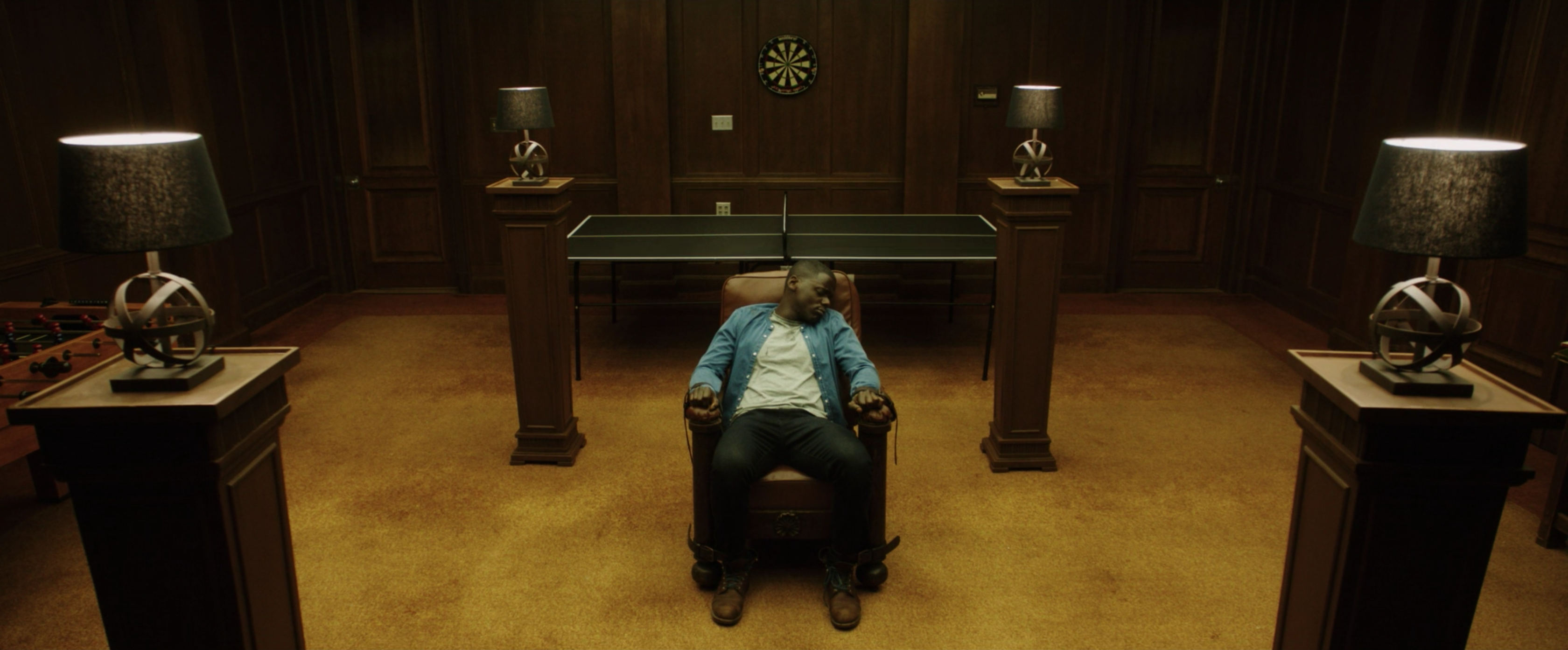
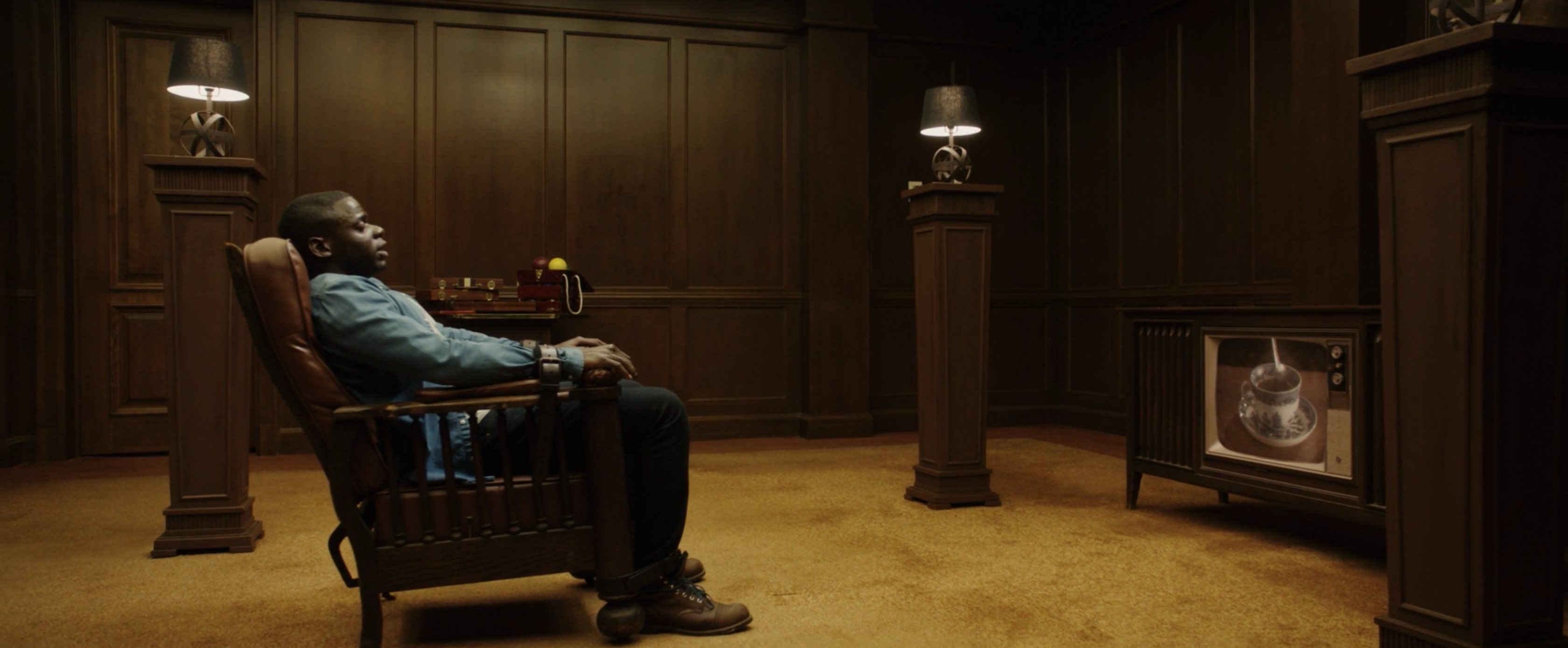
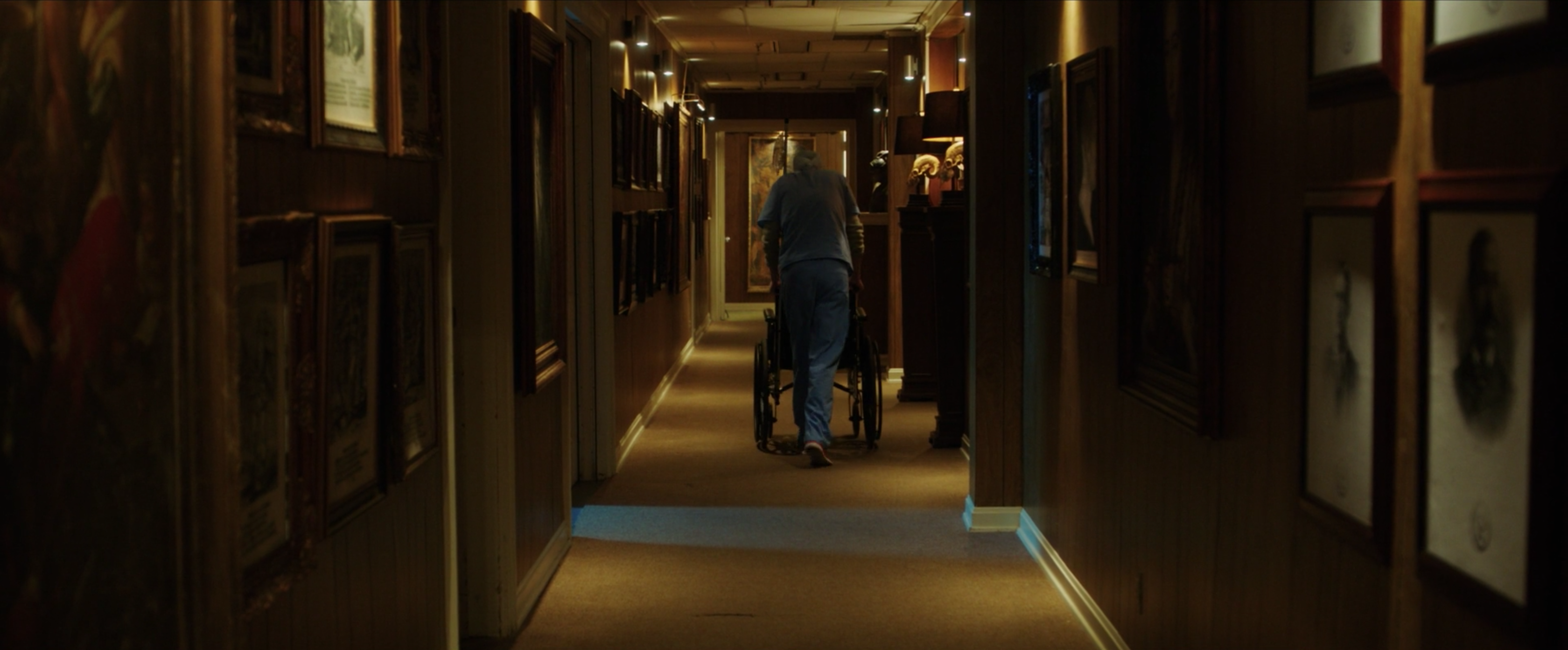
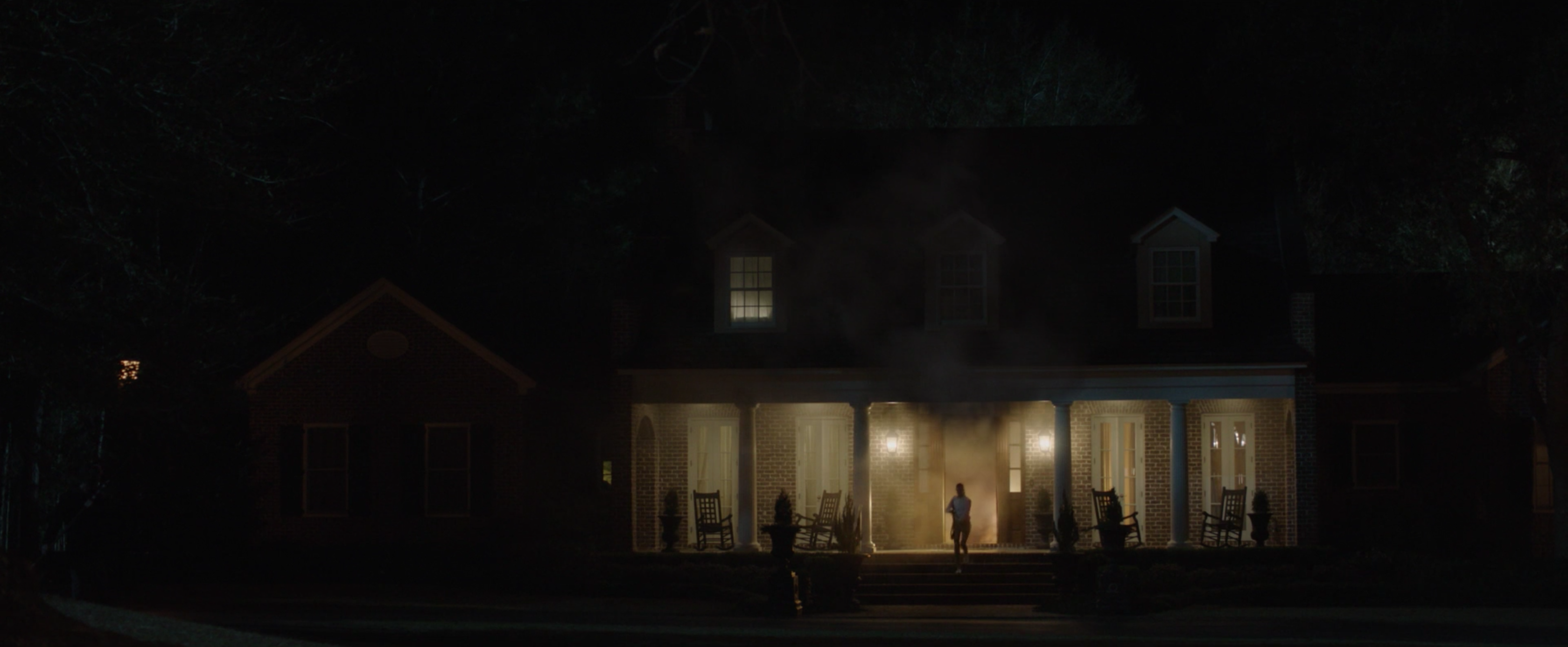
Reader Comments (3)
I saw GET OUT in the cinema just this past weekend (it only opened a few weeks ago in Australia).The house and decor really add to the sense of dislocation and growing unease as you watch the film and try to guess exactly what's going on.
Your article gets at why this works - the mix of subtle and bold, vague and specific. So there are plenty of small details to occupy your mind while you're taking in the broader horror of what's happening.
Do you think this film has enough humor to qualify for the Musical/Comedy Globes?
Issues with basement waterproofing can have far-reaching consequences, affecting not only your home's structure but also your health. Mold and mildew thrive in damp environments, posing risks to your well-being. Addressing these waterproofing problems proactively is essential to prevent the development of mold-related health issues.